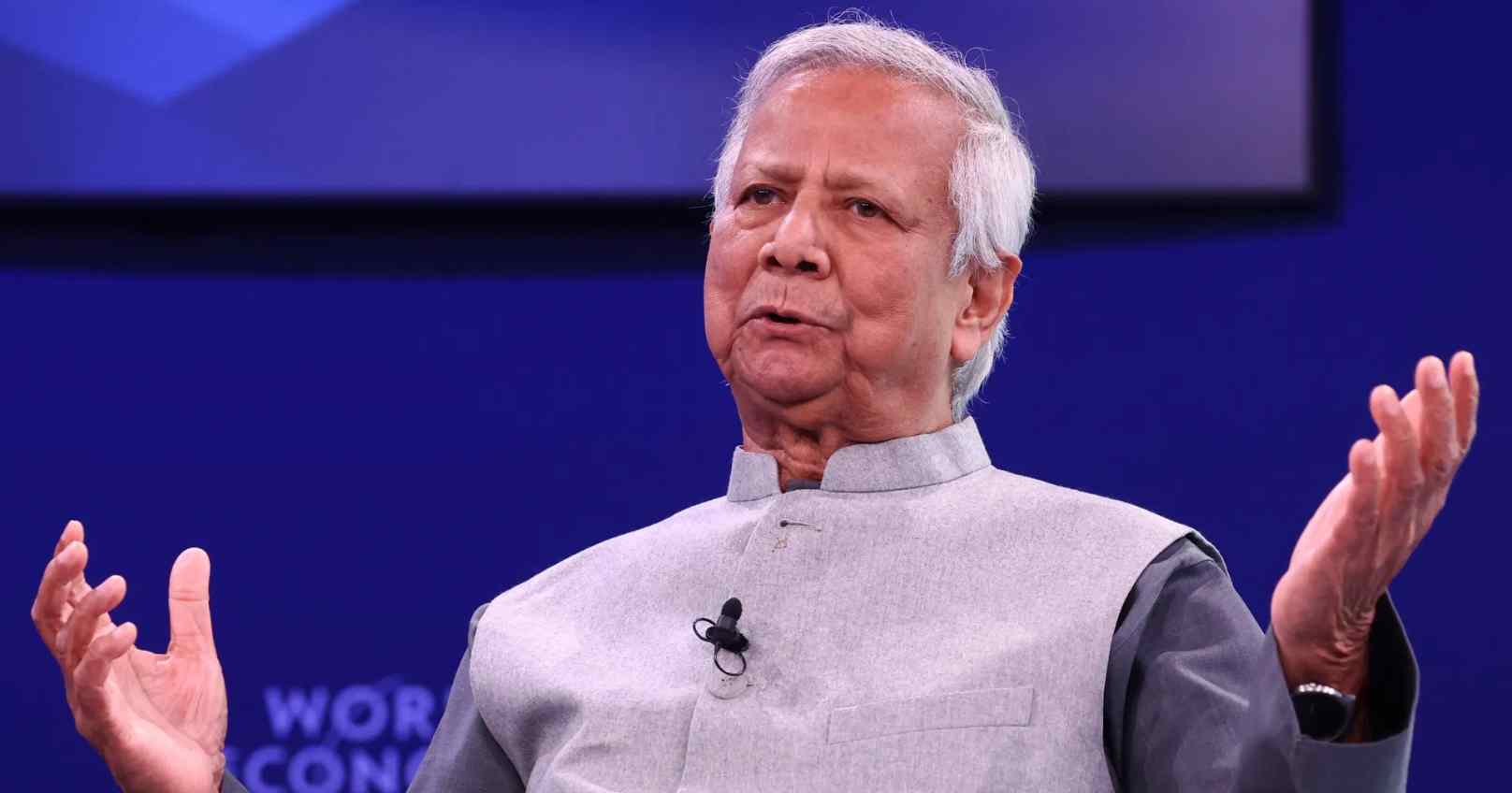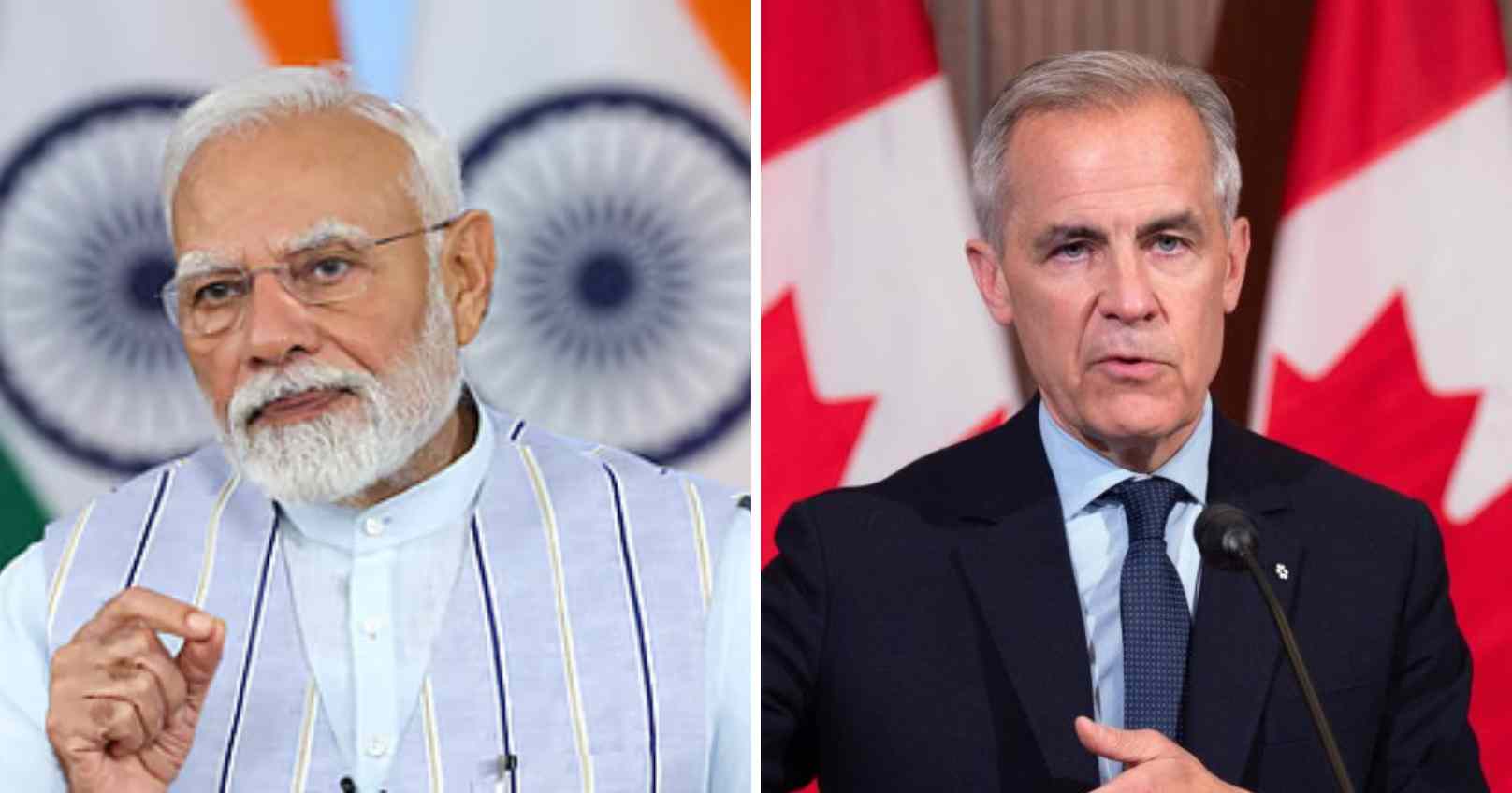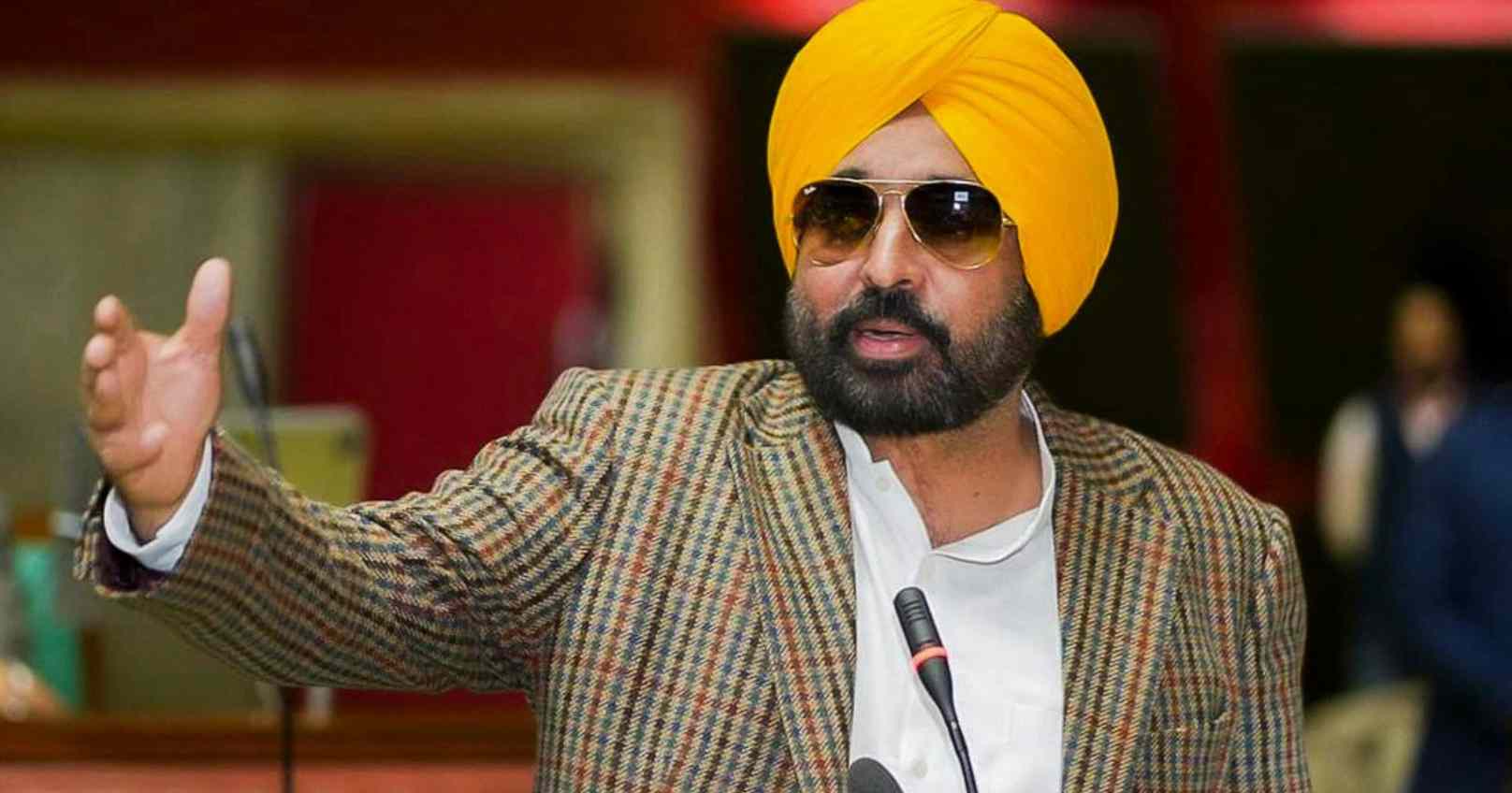Prime Minister Narendra Modi visited Jammu & Kashmir on Friday for the first time since the recent terror attack in Pahalgam and tensions with Pakistan. He inaugurated the Chenab Rail Bridge in Reasi district, a key project connecting the Kashmir Valley with the rest of India by rail.
Modi walked across the 1.31-km-long bridge carrying the national flag, sending a strong message of unity. The bridge will now allow rail travel from Kashmir to Kanyakumari and stands as a symbol of India's presence in a sensitive region bordered by Pakistan and China.
The project required building over 215 km of roads in difficult terrain often affected by militant activity. The event drew international attention, especially with Modi walking alone on the bridge holding the Tricolour.
This act recalled his 1990s flag hoisting at Lal Chowk in Srinagar with BJP leader Murli Manohar Joshi during a peak in militancy. It echoed India’s stand on Kashmir despite ongoing terrorism from across the border.
While development in Jammu & Kashmir has increased in recent years, including events like the G20 summit and a car race on Dal Lake, Pakistan-occupied Kashmir continues to lag behind in infrastructure and public services. Analyst Farooq Wani has noted that J&K outperforms POK in areas such as airports, universities, and healthcare.
Following the Pahalgam attack, many Kashmiris publicly condemned the violence, showing a change in public mood.
Though some may view Modi’s flag walk as symbolic nationalism, it was also a message to the global community, especially after the U.S. hinted at mediating the Kashmir issue.
The Chenab Rail Bridge is more than a construction project. It represents India's determination and a reminder that Jammu & Kashmir is firmly part of the country.







